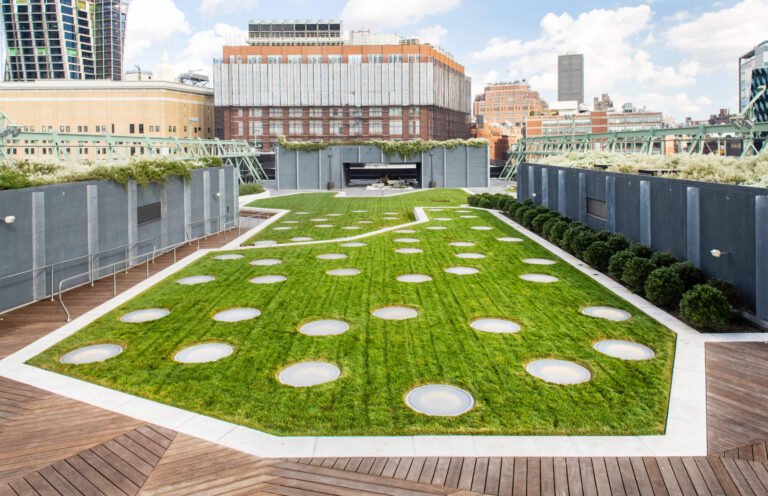Inside the Fascinating History of Lace
Whether depicting a powerful religious leader or a grande dame of society, portraits have pictured important subjects sheathed in lace for generations. Yet despite the intricate textile’s ubiquitous presence in artworks to connote wealth, prestige, and beauty, little is known about the actual makers behind lace.
Coinciding with New York Textile Month, “Threads of Power: Lace From the Textilmuseum St. Gallen” is the first large-scale exhibition on lace to be presented in New York in over 40 years. The show, which opens on September 16, is chiefly aimed to address the “simultaneous presence and invisibility of the lacemaker,” says Michele Majer, Bard Graduate College assistant professor of fashion, who co-curated the show with BGC associate curator Emma Cormack and Ilona Kos, curator at the Textilmuseum St. Gallen.
Organized with the Textilmuseum in St. Gallen, Switzerland, the exhibition presents 200 objects, including fine art, lacemaking accessories, pattern books, and garments. Chronicling six centuries of lace history across four floors, “Threads of Power” follows the journey of the textile from a handmade and luxury commodity to its wider contemporary applications, made possible by technological advances.
“Lace in the gallery is shown alongside portraits of named men and women painted wearing pieces of lace, but it’s very rare—if not impossible—to find paintings of named lacemakers,” Majer tells AD PRO. “These highly skilled women and girls were underpaid, overworked, and socially invisible. They toiled in difficult working conditions for countless hours to create accessories that only wealthy patrons could afford.”
This social imbalance was the impetus for the first work that visitors encounter: a commissioned red silk and bobbin-lace collar made by contemporary lacemaker and textile historian Elena Kanagy-Loux, who identified the late Justice Ruth Bader Ginsburg as her muse. A founder of the Brooklyn Lace Guild, Kanagy-Loux has amassed nearly 400,000 followers on TikTok, where she shares the textile’s history and spellbinding videos of the lacemaking process in action. Alongside the red collar is a time-lapse film of Kanagy-Loux making it, as well as a portrait of her donning the accessory.
Buy now for unlimited access and all of the benefits that only members get to experience.
The first two floors of “Threads of Power” provide a foundational understanding of the craft, from an overview of bobbin versus needle lacemaking techniques to background on the socio-political context of the early lace industry in Europe. From there, the exhibition focuses on ecclesiastical lace and two of the major periods when lace fashions flourished among the elite: Habsburg Spain and Bourbon France, 1600–1800.
Highlights include the point de France needle-lace frelange headdress, dated circa 1700. Because many early lace pieces were reworked as fashions evolved, this is one of the few surviving frelanges with its lappets intact. Elsewhere, the featured textiles depict inspired narratives, as evidenced by an elaborate altar frontal depicting scenes of a monastery, or by a point de France border incorporating sun motifs, the emblem of Louis XIV.




